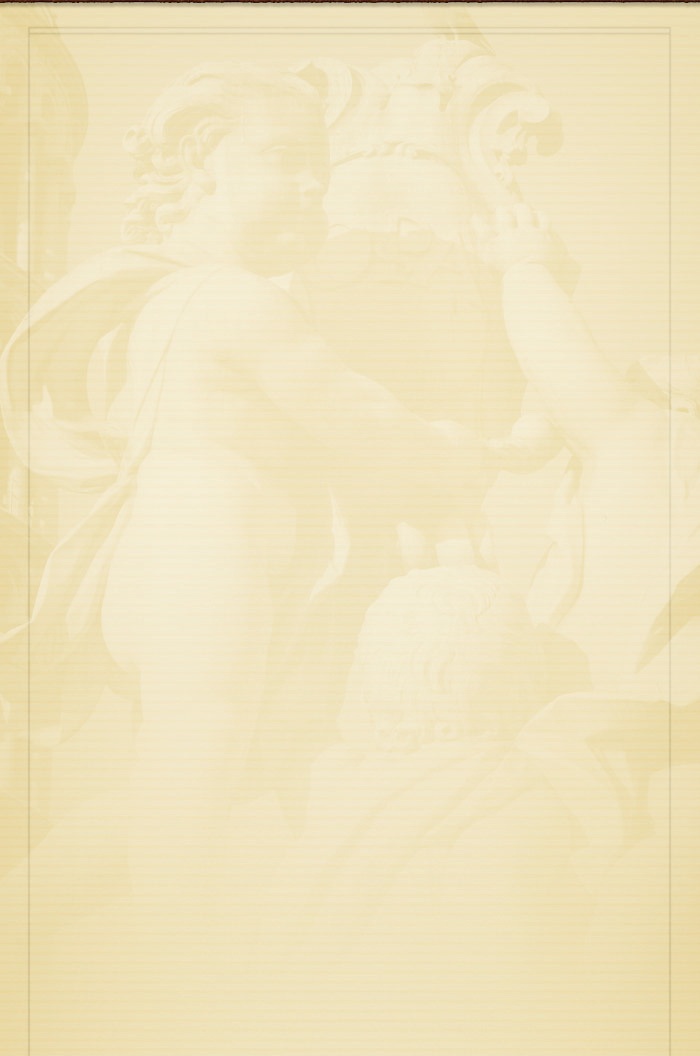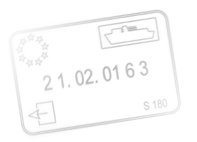By Maureen D’Sousa-Anjo
My Mom’s name is Marisa D’Souza. She is 49 years old Kenyan living in Union City, California. Growing up, while she was born in Nairobi, Kenya, she only spent 10 years there. The next six years of her life, and the most memorable, were spent in Puna, India. She lived a privileged life there, and she didn’t want to come to America when her mother did. However, she came nonetheless,and took a liking to the opportunities offered in such a diverse place. She went to college at UC Berkeley, and graduated with a B. A. in Marine Biology in 1986, at the age of 28. Since, she has worked in three biotechnological companies, completing her search with Genentech Inc. , which she has been working in the QC Raw Materials department for 16 years. She is very successful in what she does, and is currently the manager of the group. She is an amazingly adaptable woman who is very accepting of different people and different cultures, and although she has changed to fit in more with the American lifestyle, she and her family are still able to retain some of their Indian culture.
I would identify my homeland as India, because I was there from the ages of 10-16, so I can remember it more clearly than Africa. I lived in Puna, which is a hillside town. It was called a hill station, a place where when India was colonized by the British, people would go for vacations because it was cooler, higher, and much cleaner than Bombay.
Bombay was the big city port, about 200 miles away. I didn’t like it - I still don’t like it. We had to go there to fly out or in, anywhere we went we had to go through there. The first time we immigrated to India we took a ship into Bombay and it was unbearable. It was very crowded and very dirty. It smelled bad, and it was hot, smoggy and polluted. No matter what time you went to Bombay it was crowded - you could barely see the street for all the people.
In comparison, Puna was open and less crowded. There were a lot of bicycles instead of cars or rickshaws, because there were a lot of students there. It was a university town, the home of Puna University. It is also still famous for the Iyenga Institute of Yoga located there. I, however, went to a high school run by Irish nuns. It was an all girls school, and we wore uniforms - blue dresses with pleats. We also had to wear ties that belonged to our corresponding houses. There were 4 houses- yellow, green, purple and orange. I was in the yellow house. The houses were a way of building spirit - you had to uphold the honor of your house. Demerits would take away from the house standard, and you were embarrassed in front of the school if you received them. Any bad action disgraced the entire house. It was very important part of the culture - you were not an individual, you were part of a family. Any action you took reflected on your whole family. You were chastised by things like “our uncle would be ashamed of you or what will people say?” Everyone knew people by their family. When you met people, they knew your entire family just by your last name, and they could judge you based on that.
I enjoyed growing up in this type of community because it was very small and safe. I miss how safe it was - there were never kidnappings or molestation, and my mom would never worry about us going out because she trusted the rest of the community. Everybody knew exactly who you were and what you were doing. Teachers knew you, priests knew you, nuns knew you, it was like growing up in one large extended family. You could go anywhere you wanted whenever you wanted and you were safe, because the whole town could look out for you. What I didn’t like about it, however, was the way I was never Marisa. I was always someone’s niece, daughter or granddaughter. I was never just me. Maybe it was unlikable because I lived there at an early age, or maybe it was just my personality, but it felt like you lost identity growing up in that type of society.
Growing up, we dressed mainly in western clothing, and this distinguished us as being Goan, not Indian. That was very strong when we were growing up. We were not identified as being just Indian, we were from Goa, a completely different state. When you go abroad, however, this distinction isn’t recognized. Here in America, we are all considered Indians.
Goa is a small state in India, a coastal state with beautiful beaches. Although we didn’t live there, our families were from there. It is a vacation state, and we would always visit there to eat seafood on the beach. We could take a bus there in about three to four hours. We had a big beautiful beach house, and we would often go with our cousins so there was always people to play with. The nice thing about Goa was the people you could meet there. When we went during vacation or holiday seasons, we would meet people we had known from Nairobi or England because they would all come to vacation there.
In Puna, everything we ate was homemade. We had chapattis in the morning, and my mom would cook eggs. we never ate cereal - no corn flakes or anything like that. Lunch was leftovers wrapped up in chapattis, and dinner was freshly made curries, rice, and vegetables. We had lots and lots of vegetables and fruit, because we grew them around our house. And we would always drink coffee in the morning. We drank coffee even during high school because the milk was so bad.
We spoke English in both Africa and India. The schools I went to in India taught in English, because India was a British colony. We studied English and took all our final exams in English. We took languages in school, however. We studied Hindi as a second language, and French as a third. Everybody in our community also spoke English as a first language. Outside of our town, however, the natives spoke whatever dialect belonged to their society, and Hindi as a second language. Hindi was the universal language in India - all the shopkeepers and other businesspeople spoke Hindi.
People around India wore mostly traditional clothing. Men either wore dhotis - a piece of white cloth draped around the waist and pulled up the center to form a kind of pant, or large pajama pants. Women wore saris or salvar chemise - pants and a large dress top. However, in our community, people wore more western clothes, dresses and skirts. This wasn’t considered normal around our society though. The natives didn’t really respect the way we dressed. It was hard for us to go out, especially if we were a group of girls, because people thought we were dressed indecently. Older men would reach out and touch us because they felt they could do whatever they wanted to us because we didn’t respect their culture, even though we just dressed differently. Everywhere we went we would walk in big groups and try to stay near the center to avoid people.
Often, we would bicycle to get around. We all owned bicycles, so we didn’t need a car. My Mom, however, would often take a rickshaw. There were three different kinds of rickshaws - horse rickshaws, bicycle rickshaws, and scooter rickshaws. The bicycles had bells on the front to let people know they were coming, while the scooters had clown horns. There weren’t many cars in Puna - anywhere we went there were about 20 bicycles to one car ratio. Roads had no lanes, so as many bicycles as could fit would go in any which direction. In Puna this was normal, there would be about one car and 12 bicycles going in one direction, and it was fine. However, in Bombay there were almost no bicycles, and taxis everywhere, but only two models. The Ambassador was made in India, and it only came in white. The Fiat was made abroad, and they came in more colors, but if you bought one, you had to pay 100% domestic tax on it. Essentially, it was double the price to buy a foreign car.
My aunt had already moved to the United States by the time my family even considered it. She asked us to come with her because she said it was really nice, and she would even pay for my brothers to go to college. We were in Africa for six months at the time, and so we decided to send my brothers to America instead of back to India afterwards. However, in due time, my aunt realized just how expensive it was to send them to college and she wrote back again saying that she needed help to pay for it all. My mom wanted the best education for both of my brothers, so she agreed to come to America as well. We applied for green cards, and we flew to America on working visas. Both my mom and I entered the county as secretaries, which there was a great need for, so we had no trouble entering the country. However, once inside the country, it took ten years to become a citizen.
At the time, I thought America would be very scary. The only time I had seen it was in the movies - huge cities and highways, people dressed in nice clothing. It seemed worlds away from what I was used to. I had to learn how to use buses and BART, compared to the bicycles I used in India. Everything seemed so expensive because we had to convert it into shillings, and there were about 10 shillings to the dollar.
Also, we didn’t have the kinds of stores in India that we have here in America. We had one bread store, we bought soaps, shampoos, and medicines from a pharmacy, and we had to get fresh foods from the market. Every store was a specialized, there were no such things like Target and Wal-Mart. To get clothes, you had to get fabric from one store, and then take the fabric to the tailor to get the clothes made. When we came to America, it was a shock just to see how many clothing stores there were, and how many different kinds of clothing they sold. Supermarkets were incredible - you were able to find everything in one store! But what was really shocking was how much people spent on things. In India you had to be very careful about how you spent your money, but people in America seemed to just give it away.
I think I really stood out when I came too. We had bought all these clothes in Kenya and Puna and since we came to America we had to pay for a house and taxes, we couldn’t afford to buy new ones. My aunt had told me that clothing was really cheap here and we didn’t need to bring a lot, so we came with hardly anything. We didn’t know that she meant that they were cheap at the thrift store - so for about the first year we wore ridiculous old fashioned things.
In my leisure time in both India and Africa we would go and hang out at the clubs. We would play badminton or table tennis and we would meet a lot of people. Sports were really the focus of our spare time. In America these options weren’t available, so we spent a lot of time watching TV. I didn’t go out a lot until I met more people from my community, in which case I did more American things, like going to the movies, or out to diner, or shopping. This was completely different from India - we would never just go out to buy things together.
The biggest difference was just how cosmopolitan the bay area was. In India we grew up with Indians and a few Thai people, and in Nairobi there were white people and Goan people. When I came to America, there were every type of people imaginable, and it was so odd to interact with them all at the same level - with no distinctions. However, it was nice as I didn’t experience any type of discrimination because of the diversity.
I’m not sure exactly what it means to be an American . I can’t really define a culture that is American. I see a lot of people who tie back to their root culture, to whatever culture their ancestors are. Maybe being American then, is being accepting of all these differences. Maybe it is being able to recognize all the other cultures and appreciate them, which is nice.
I also think that people can change their culture to fit into this country. I think a lot of different cultures have come to America and adopted the good traditions. For example, just about everybody celebrates thanksgiving - which is really nice, to be thankful for what you have. However, I also think that people can be American and still retain their culture because of how accepting America is of different people. I think that my family still retains our Indian culture, in the foods that we eat and the cultural ceremonies we attend, but I also think that we have become more Americanized, in the way that we spend time, and the way that we dress.










